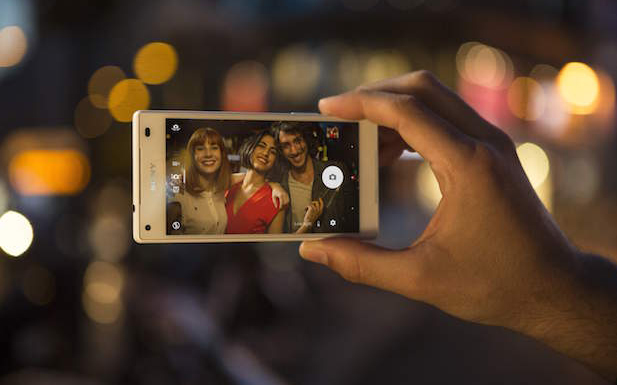Sony and Huawei have debuted new mobile display technology at the IFA trade show in Germany, with Sony introducing the first 4K smartphone and Huawei unveiling advanced touch screen capabilities.
Sony’s flagship Xperia Z5 Premium is the first smartphone on the market to feature a 4K ultra-high definition (UHD) display.
This gives the device a screen resolution of 3840×2160 pixels, delivering approximately four times the resolution of a full-HD device (1080p).
The Xperia Z5 Premium also features upscaling 4K upscaling technology that improves the resolution of non-4K content on-screen.
Nevertheless, giving the current lack of 4K content, the exact point of a UHD smartphone is already being called into question.
Ben Wood, Chief of Research at CCS Insight, said: “Although the video reproduction on the device is stunning, users might wonder why they need such a high resolution display.”
Sony has also improved the camera capabilities of its new flagship range, which features the Japanese manufacturer’s brand new 23MP Exmor RS camera module.
Wood said: “In a sea of smartphone sameness, Sony is placing a big bet on its latest camera technology as a key differentiator for the Z5.
“It is getting a jump on Sony’s latest camera module ahead of smartphone rivals. It’s also notable that the Sony camera module has established itself as the component to beat with all Sony’s major rivals using this technology.”
Sony’s Xperia Z5 range, which also includes the trimmed-down Z5 Compact, goes on sale globally next month.
Wood concluded: “Sony will be hoping the Xperia Z5 Premium acts as a high-end flagship device to showcase the very best of its in-house technologies.
“There is no question about the calibre of the specs, most notably the 4K display, but that guarantees it will also come with a hefty price tag.”
Meanwhile Huawei’s Mate S handset features Force Touch technology, which enables the device to register various types of touch input and perform different functions accordingly.
For example, swiping the letter “C” with a knuckle on the screen will boot up the phone’s camera, while double-tapping with a knuckle with begin a screen recording.
The device can also recognise various types of finger-based gestures, such as zooming into a photo based on how hard the display is pressed.
Richard Yu, CEO of Huawei Consumer, said: “Our goal in designing the Huawei Mate S was to develop a smartphone that offers a personalised experience, rather than a commoditised one.”
The China-based vendor has also improved its fingerprint security technology, claiming that the touch registration speed in the Mate S has been improved by 100 percent compared to its previous flagship device.
The Mate S opens for pre-orders in Europe on September 15.



